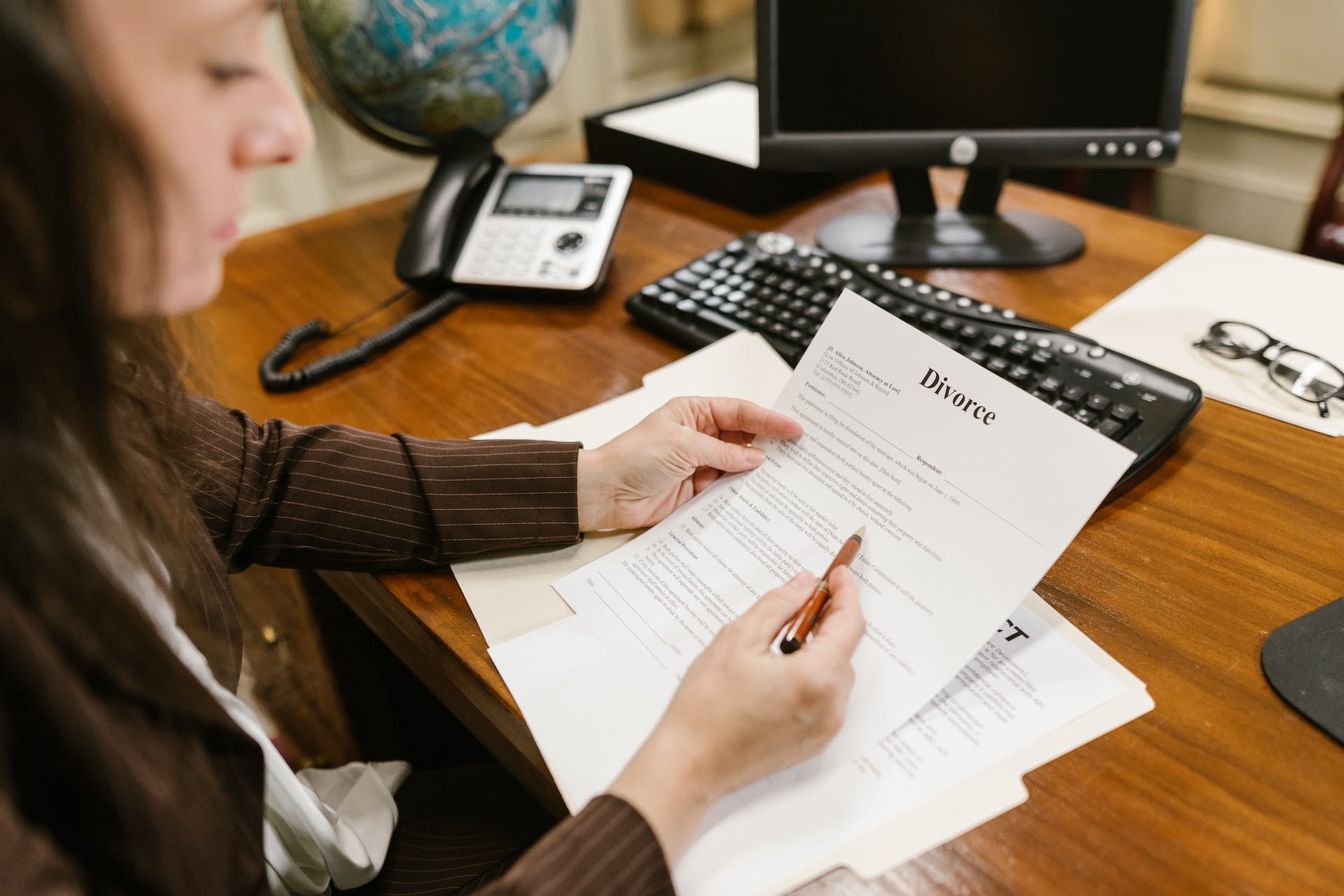Introduction to Legal Notice
It is important to address the situation and solve it by reaching a consensus if possible. Lawyers send a legal notice in hopes of mitigating the issue internally without any court proceedings.
The procedure to reply to the Legal Notice for divorce is not very complex but needs a proper understanding of the terms mentioned. The sender and receiver can portray their intentions through Legal Notice.
A written document is sent as a final note to define the intentions and solve the misunderstanding between a married couple. It is an initial step before the court proceedings. Any person can send a legal notice sharing their grievances and hoping to solve the matter at hand. It must be the last resort in a marriage to end conflicts.
What is a legal notice for Divorce?
A legal notice is a formal notice sent by one spouse to another mentioning their grievances and finding the solution to a conflict that may have arisen during their marriage period. The party informs the other party about their intentions of taking legal proceedings against them.
- In India, it is considered the initial base or the first step of any legal proceedings.
- Under Section 80 of The Code of Civil Procedure 1908, a legal notice is only sent for civil cases and not for criminal cases.
- These documents are of high importance and can be sent by a lawyer on behalf of any party with their prior instructions.
- A legal Notice is sent before starting the divorce process.
Purpose of a Legal notice
The main purpose of a Legal notice is to convey the intention that the party may take action and initiate a legal proceeding against the other party involved. It is sent to allow the other party to reconsider the situation of their legal position and any misunderstandings to avoid the chances of a case proceeding in the Court of Law.
Any kind of unnecessary litigation may be avoided with prior Legal Notice from the party.
- The party can demand the other party to dissolve the matter and accede to his/her request to avoid legal actions and proceedings, which can be inevitably lengthy and complex.
- Many litigations settle without any court proceedings, only by Legal Notice, which settles the dispute without Legal interference.
- Negotiation, Arbitration, and Mediation are used to solve matters without Court proceedings.
Key points to remember to frame a reply to the legal notice
When an individual receives a Legal Notice, a reply to the legal Notice must be sent within the given time. If, by any chance, the reply to the legal Notice is not sent within the time remaining, it can be advantageous to the other party.
The following key points must be considered and acknowledged when drafting a reply to the legal Notice:
- Reading the Legal Notice carefully: The receiver must read the Notice thoroughly so that they can carefully understand every issue mentioned. The receiver can initiate a meeting or conversation with the other party immediately if they feel that the issues can be resolved amicably. After this, they can hire a lawyer to draft the reply to the Legal Notice.
- Contact the Lawyer: The party who received the Legal Notice can contact a lawyer in cases where the content and issues are not clear or not properly addressed. The Lawyer can then take the legal measures which are necessary and draft a reply to the legal notice to clear any misunderstanding. A time record must be maintained by the receiver of the Legal Notice to use it as an advantage during any Court proceedings.
- Lawyer briefing: The appointed Lawyer must be aware of the entire situation and scenario before giving a reply to legal Notice as informed by the party. The party must deliver and inform the Lawyer with every necessary information, event, fact, time, and place so that the appointed Lawyer can draft a proper reply to the Legal Notice for the receiver side’s argument against the other party.
- Sending reply notice: After drafting the reply to a legal notice, the Reply notice is sent via courier-registered Notice or mail. A copy of the reply to the legal Notice is kept by the Lawyer and the party. The Notice can also be given in person if needed.
Some common errors we make when drafting a reply to a legal notice
There are a few common mistakes made by the receiver while drafting a reply to a legal notice. These are as follows:
- The receiver must reply to the legal Notice within a stipulated time, or else any kind of legal action can be taken against them in the absence of consideration for the given time by the sender.
- Providing a proper response is very crucial in such matters. The reply to the legal Notice should be sent in a detailed and prescribed format, and if the party is facing difficulty with understanding any of the points, they can take help from a concerned advocate. Taking legal consultation makes the process prompt and clear of errors.
- The party sending the reply to legal Notice must be aware of the Sections of the Indian law under which they are replying to avoid any mistakes.
- The mention of the date in reply to the legal Notice is crucial for a proper format. Many people forget to mention dates, and it may be a disadvantageous situation.
- The parties should consult a Divorce Lawyer who will attest to the Notice. The parties must also sign the reply to a legal notice.
- The appropriate reply to the legal Notice must be sent to the correct person with the correct address so that it reaches them on time without any kind of overlaying delays. Any delays can make matters complex.
- The contact number of the sender must be stated. The number should be current and reachable.
- These common mistakes and errors can be avoided with legal consultation and getting help from a Divorce lawyer to mitigate the unnecessary issues when sending a reply to a legal notice.
Conclusion
The Legal Notice acts as a warning before any final proceeding against the party. This must be replied to with the help of an appropriate lawyer, who will then draft the reply notice and act on the receiver’s behalf. The matters can be solved without legal measures if the parties decide on mutual consent.




